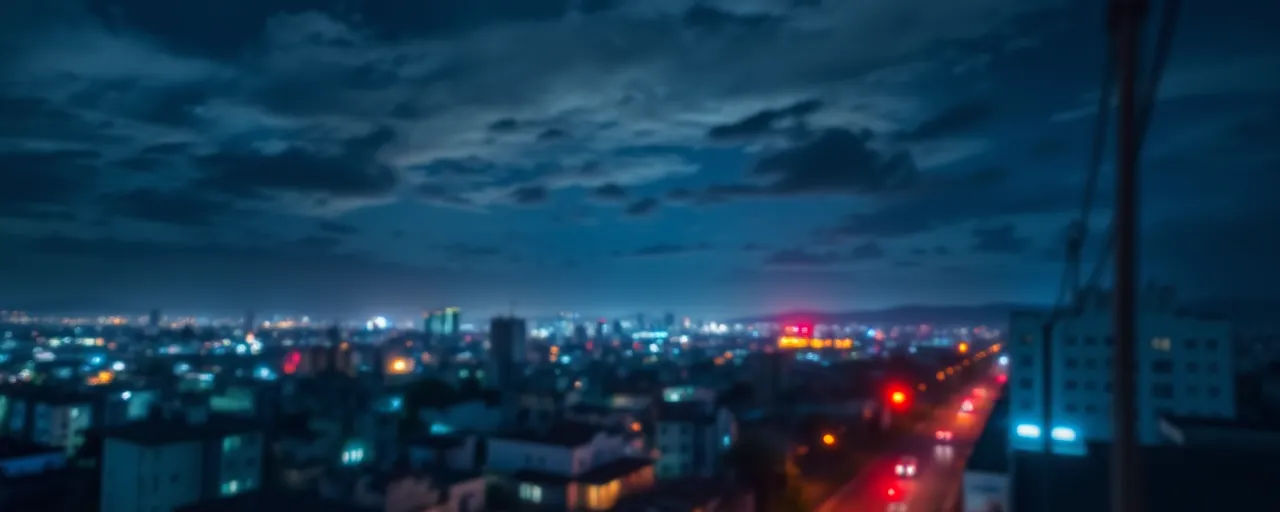A Night of Celebration Turns Deadly
In Santo Domingo, the vibrant pulse of Jet Set nightclub drew hundreds on an April evening in 2025. Locals and tourists, including U.S. citizens, packed the venue, swaying to merengue and bachata. Then, without warning, the roof gave way, claiming over 200 lives in one of the Dominican Republic’s worst structural disasters. The collapse left families shattered and communities grappling with grief, while governments on both sides of the Caribbean scrambled to respond.
The tragedy struck at the heart of Santo Domingo’s nightlife, a cultural cornerstone that fuels the city’s economy and identity. As rescue teams sifted through debris, stories emerged of heroism and loss. U.S. officials, led by Secretary of State Marco Rubio, reached out to Dominican President Luis Abinader, offering condolences and aid. The incident not only exposed personal tragedies but also raised broader questions about safety, infrastructure, and the ties binding the U.S. and Dominican Republic.
A Swift Response Across Borders
Within hours, Dominican authorities mobilized emergency crews, their efforts bolstered by a specialized team from Puerto Rico. Firefighters, forensic experts, and rescue workers from the island territory joined the search for survivors, showcasing a well-practiced partnership honed by years of facing hurricanes together. The Puerto Rico Fire Department’s technical expertise proved vital in navigating the collapsed structure, while forensic specialists aided in the grim task of identifying victims.
The U.S. response extended beyond words of sympathy. Embassy staff coordinated with local officials to support affected American families, providing resources and updates amid chaotic scenes. This collaboration reflects decades of diplomatic engagement, from joint disaster drills to economic investments. Yet, as aid poured in, attention turned to why the nightclub failed so catastrophically, prompting scrutiny of the systems meant to protect such spaces.
Cracks in the Foundation
Investigations into the collapse point to long-standing issues with building safety in the Dominican Republic. The Ministry of Public Works oversees construction standards, including seismic regulations designed to withstand earthquakes. However, enforcement often lags, particularly in urban hubs like Santo Domingo, where rapid development can outpace oversight. Informal building practices, common in some areas, add to the risks, leaving structures vulnerable to failure.
The Jet Set disaster isn’t an isolated case. Past incidents, though smaller in scale, have flagged similar gaps. The Dominican government has pledged reforms, drawing on frameworks like the Sendai agreement to bolster disaster preparedness. Yet, limited resources and bureaucratic hurdles slow progress. For nightclub owners and patrons, the collapse serves as a stark reminder that vibrant venues can hide structural flaws, raising calls for stricter inspections and accountability.
Nightlife’s Role and Risks
Santo Domingo’s nightclubs are more than entertainment hubs; they’re economic engines and cultural stages. Venues like Jet Set employ hundreds, from bartenders to musicians, while drawing tourists who boost local businesses. The city’s nightlife, alive with Dominican rhythms, fosters a sense of community and pride. But the collapse has cast a shadow, highlighting the need to balance celebration with safety.
Voices from the industry express frustration and resolve. Venue managers face pressure to meet regulations, often navigating unclear guidelines or inconsistent enforcement. Patrons, meanwhile, want assurances that their nights out won’t end in tragedy. The government has promised to review safety protocols, but rebuilding trust will take time, especially as families mourn and survivors recount a night that changed everything.
Strength in Solidarity
The U.S. and Dominican Republic share a history of standing together, from combating drug trafficking to rebuilding after hurricanes. The nightclub collapse has tested this bond, but it’s also reinforced it. American aid, including Puerto Rico’s hands-on support, underscores a commitment to help in times of crisis. Diplomatic exchanges between Rubio and Abinader emphasized mutual respect, with both sides pledging to deepen cooperation.
Beyond government action, people-to-people connections shine through. Dominican communities in the U.S. have rallied to support relief efforts, while Americans touched by the tragedy share stories of the island’s warmth and resilience. These ties, built over decades, offer a foundation for recovery, even as both nations confront the challenges of preventing future losses.
Looking Ahead With Clear Eyes
As Santo Domingo heals, the Jet Set collapse leaves lasting questions. How can a nation balance its vibrant culture with the demands of modern safety standards? What role does international support play when local systems falter? The answers aren’t simple, but the tragedy has sparked a reckoning, pushing policymakers to prioritize reforms and communities to demand change.
For those who lost loved ones, the path forward is personal. Memorials dot the city, and conversations hum with ideas for safer venues and stronger oversight. The U.S. and Dominican Republic, bound by shared loss and purpose, face a chance to turn grief into action, ensuring that nights of joy no longer carry such devastating risks.
